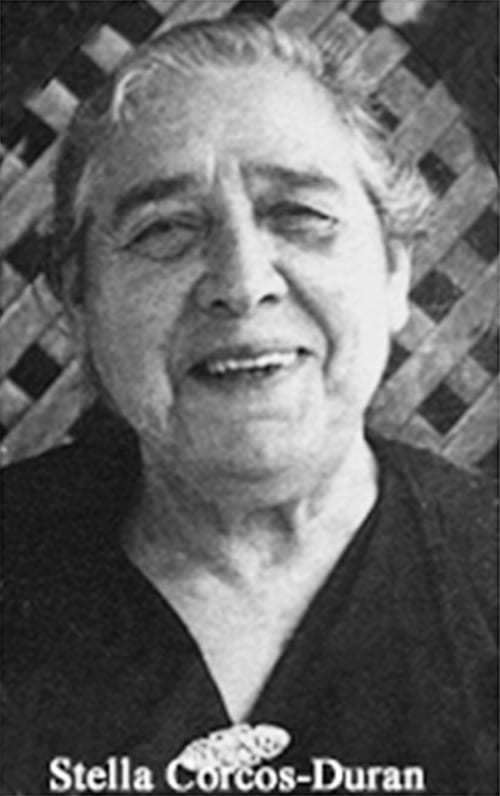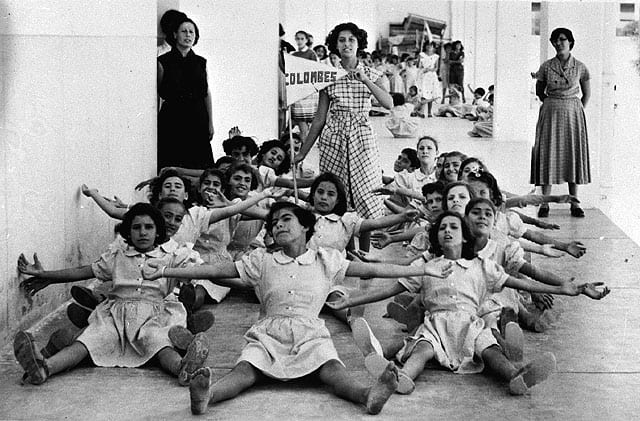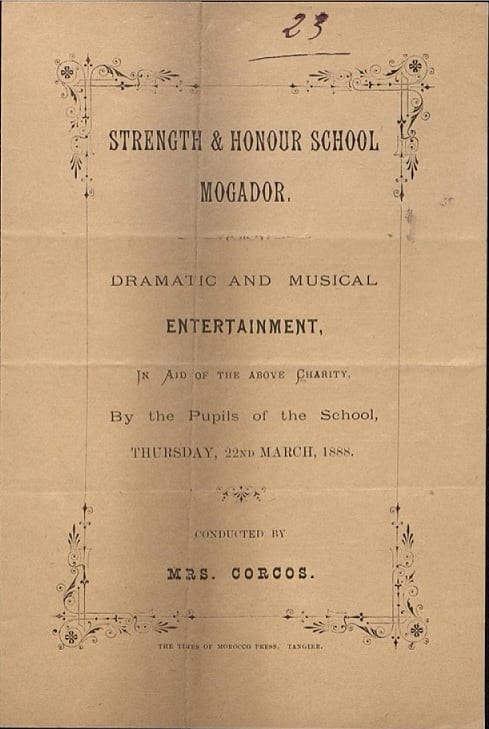“The Church’s Ministry Among Jewish People” was a missionary Anglican organization founded in 1809 in London in order to encourage Jews to convert to Christianity. This mission had emissaries in 52 states and operated as a smooth, perfectly organized, restless propaganda machine. Hundreds of devoted emissaries worked for the organization, about 50% of them converted Jews.
For those conversion centers, money was a crucial factor. The mission’s leaders targeted young unprivileged Jews as their easy prey. Their tactic included basing in poor Jewish centers worldwide, establishing schools and lure the youth to join the mission by offering material benefits. Their methods and activity were condemned as “catching rotten fish in a golden net”.
In 1875 the missionaries arrived at Mogador, Morocco, following rumors that the city, located on the shores of the Atlantic Ocean, was home to quite a few fat “rotten fish”.

Indeed, Mogador was a vivid port city, where Jewish artisans, rabbis, and scholars formed a vibrant community. Mogador was home to famous merchants such as the Cabessa and Elmalih families, great wise men such as rabbi Haim Pinto and rabbi Avraham Ben Attar, and artists like David Elkayam, known as “the Da Vinci of Mogador”. Due to the large number of Jewish merchants, the port of Mogador stopped working on Shabbat. The elders recall that after the morning prayer of Shabbat, Jews used to leave the Mellah (the Jewish quarter), and walk to the beach, where they would spend the day relaxing and bathing.
By the end of the 19th century, there were approximately 12,000 members in the Jewish community of Mogador. One of them was Stella Corcos, a brave inspirational woman who dedicated her life to hold out against the Christian mission’s intentions.
Stella Corcos Duran was born in 1858 on the other side of the ocean, in Brooklyn, New York. Her father, Abraham Duran, was a wealthy tobacco merchant who immigrated to America from Algiers, and her mother, Rebecca, was from an aristocrat British Jewish family, related to the philanthropist Moses Montefiore. Stella grew up surrounded by governesses and servants and received the finest education.
Then the family moved to England, and after graduating from high school, Stella started to study pedagogy. After graduation, she was a principal of a private school in London, then married in England to Moses Corcos, a successful tradesman from Mogador, in which they settled after their marriage.

The Corcos family was one of the wealthy and distinguished families in the city, which the Sultan Muhamad Ibn Abdalla invited during the 19th century in order to develop the city’s trade and economy. These families were called “Tujar Al Sultan”, tradesmen of the Sultan. Unlike most of the other Jews in Mogador, who resided in the poor Mellah, the Tujar Al Sultan lived in the established quarter of the kasbah, and were completely alienated from the poor Mellah Jews, which they considered a rabble and would let them enter their club at the Kasbah.
According to one urban legend, one day Stella Corcos was taking a walk in the Mellah, when suddenly she heard angelic voices singing. She came closer and found out they were Jewish girls singing Christian liturgy in a missionary school for Jewish girls. Her heart froze and she decided to fight back, not by a violent or angry act, but rather inspired by “Then shall ye do to him, as he had thought to have done unto his brother” (Deuteronomy 19,19). Stella established a competing school for Jewish girls, the first of its kind in all of Northern Africa. In time her school became one of the finest successful girls’ institutions in the entire Jewish world.
It is a known fact that one way to reconcile between two conflicting sides is to find a common enemy. Thus, encouraged by Stella, the poor Jews of the Mellah and the rich Jews of the Kasbah joined together in the fight against the Christian mission. Stella raised funds from the local community as well as from the Anglo-Jewish philanthropy association “Brit Ahim”, and started to work on her school as soon as she could.

Her school was named “Kavod ve-Ometz” (honor and courage) and addressed mainly poor girls, it ended up setting a wonderful model of education and pedagogy. Stella insisted that the teaching language will be English, and lessons in French, Arabic, and Hebrew were also included. Former MK Jacques Amir reported that only when he grew up, as he heard of the school, he finally realized why his Mogador born mother used to speak to him in English mixed with Arabic.
Initially, for lack of means, the school was located in the home of Stella and Moses, later they had enough funds to relocate it in a steady building inside the Mellah. Stella introduced a teaching method called advanced excellency, that directed the girls to self-studying as well as to community volunteering. The pupils studied history, geography, grammar, literature, general education, mathematics, reading and writing, translating, poetry, sewing, piano, and drama.
One Alliance principal who visited the unique school noted that Kavod ve-Ometz could no doubt compete with the best Alliance schools in Morocco. English pedagogues, who came especially to Mogador to inspect the educational wonder, said that Stella Corcos’ institution was even better than similar schools in England and that the students are no less educated than their British equivalents. Surpassing herself, Stella established a theater class, considered the first Jewish theater ensemble in Morocco. A replica of a rare program of one the productions, dated 1888, kept all these years with Stella’s great-granddaughter, Sidney, will be on display in the Trailblazer Women section in the new museum at Beit Hatfutsot, which will open in October 2020.

Following the school’s success, the Christian mission had to depart from Mogador for good. Moses Corcos died in 1907, who supported his wife in her life work, at the age of 45. Stella was left with 6 children she raised by herself while carrying on with her educational career, as well as her husband’s business and assets. Corcos’ school, that in its peak had 225 pupils, was operating for three decades, from 1885 until the mid-1920s. Stella passed away on March 6, 1948, 72 years ago this week.
Two years ago, the city hall of Mogador decided to name a street after Stella Corcos, the outstanding initiator who educated so many of her nation’s women. May this article, in honor of the International Women Day, pave the way for commemoration she deserves in Israel as well.